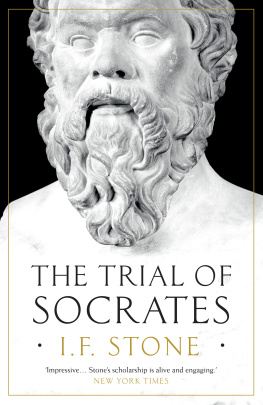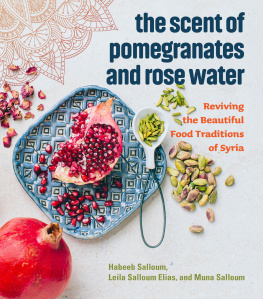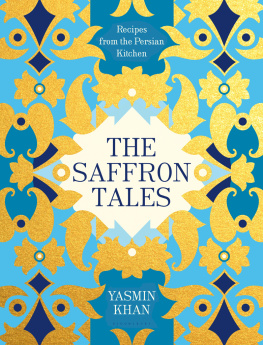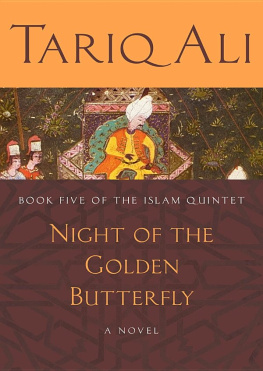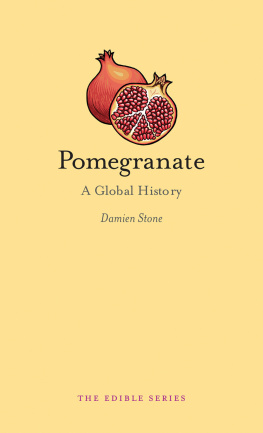POMEGRANATE

Edible
Series Editor: Andrew F. Smith
EDIBLE is a revolutionary series of books dedicated to food and drink that explores the rich history of cuisine. Each book reveals the global history and culture of one type of food or beverage.
Already published
Apple Erika Janik Banana Lorna Piatti-Farnell
Barbecue Jonathan Deutsch and Megan J. Elias
Beef Lorna Piatti-Farnell Beer Gavin D. Smith
Brandy Becky Sue Epstein Bread William Rubel
Cake Nicola Humble Caviar Nichola Fletcher
Champagne Becky Sue Epstein Cheese Andrew Dalby
Chillies Heather Arndt Anderson Chocolate Sarah Moss
and Alexander Badenoch Cocktails Joseph M. Carlin
Curry Colleen Taylor Sen Dates Nawal Nasrallah
Doughnut Heather Delancey Hunwick Dumplings Barbara Gallani
Edible Flowers Constance L. Kirker and Mary Newman
Eggs Diane Toops Fats Michelle Phillipov Figs David C. Sutton
Game Paula Young Lee Gin Lesley Jacobs Solmonson
Hamburger Andrew F. Smith Herbs Gary Allen Honey Lucy M. Long
Hot Dog Bruce Kraig Ice Cream Laura B. Weiss Lamb Brian Yarvin
Lemon Toby Sonneman Lobster Elisabeth Townsend
Melon Sylvia Lovegren Milk Hannah Velten Moonshine Kevin R. Kosar
Mushroom Cynthia D. Bertelsen Nuts Ken Albala Offal Nina Edwards
Olive Fabrizia Lanza Onions and Garlic Martha Jay
Oranges Clarissa Hyman Pancake Ken Albala
Pasta and Noodles Kantha Shelke Pie Janet Clarkson
Pineapple Kaori O Connor Pizza Carol Helstosky
Pomegranate Damien Stone Pork Katharine M. Rogers
Potato Andrew F. Smith Pudding Jeri Quinzio Rice Renee Marton
Rum Richard Foss Salad Judith Weinraub Salmon Nicolaas Mink
Sandwich Bee Wilson Sauces Maryann Tebben Sausage Gary Allen
Seaweed Kaori OConnor Soup Janet Clarkson
Spices Fred Czarra Sugar Andrew F. Smith Tea Helen Saberi
Tequila Ian Williams Truffle Zachary Nowak
Vodka Patricia Herlihy Water Ian Miller
Whiskey Kevin R. Kosar Wine Marc Millon
Pomegranate
A Global History
Damien Stone
REAKTION BOOKS
Published by Reaktion Books Ltd
Unit 32, Waterside
4448 Wharf Road
London N1 7UX, UK
www.reaktionbooks.co.uk
First published 2017
Copyright Damien Stone 2017
All rights reserved
No part of this publication may be reproduced, stored in a retrieval system, or transmitted, in any form or by any means, electronic, mechanical, photocopying, recording or otherwise, without the prior permission of the publishers
Page references in the Photo Acknowledgements and
Index match the printed edition of this book.
Printed and bound in China in/by
A catalogue record for this book is available from the British Library
eISBN: 9781780237954
Contents

Introduction

The pomegranate bush raises its voice (tiny, insistent, and shrill): My seeds shine like the teeth of my mistress, the shape of my fruit is round like her breasts. Im her favourite, I know, sweetest tree in the orchard, looking my best through every season.
Turin Papyrus, Egyptian, 12th century BC
The pomegranate is an unusual, alluring and ornamental fruit. Even though it can be rather awkward to eat, throughout human history it has remained a most desirable talismanic food item. Those who first wrote of the pomegranate, in ancient Mesopotamia, called it nurma, but for us its name derives from the Latin pomum (apple) and granatum (seeded). It is from the fruits distinctive shape, colour and seeds that its universal aesthetic appeal originates. The pomegranate embodies beauty, mystery and the female. Its evocative red juice has often been likened to blood.
One of the oldest foods in the world, the pomegranate seems to have come to us originally from the region that is now modern Iran, wild varieties being born of the bio-diverse Kopet Dag mountain range. It was first domesticated during the Neolithic Revolution, which began around 10,000 BC; human selection meant that the pomegranate took on In addition to the pomegranate (Punica granatum), the genus Punica contains one other species. The rare Punica protopunica is a precursor from which the common pomegranate may derive. It is found only on the island of Socotra off the coast of Yemen. P. protopunica is generally not eaten, however, as it is rather bitter. Punica is from the same botanical family as myrtle, the Lythraceae.

Pomegranates (Punica granatum) for sale, Mysore, India.
The part of the fruit that is of most interest to us is that which is edible: the seeds. Each seed is coated in an aril, that ever-so-desirable, blood-red and juicy, sour-sweet flesh. These are set close together in kaleidoscopic clusters embedded in a yellow or white leathery pulp. The versatility of the fruit, however, extends beyond its culinary function. Its skin, for example, is known to have been used to tan leather. The flowers of the pomegranate plant can produce a vibrant red dye for use in textiles, while a black dye can be extracted from the plants roots. From the rind a yellow dye can be made. The pale wood of the pomegranate tree is very hard and durable. However, the small overall dimensions of the tree, with its thin trunk, makes it useless in construction (although an Old Babylonian text does refer to a 3-metre-long pomegranate beam used as a building edifice).

Otto Wilhelm Thom, Punica granatum, 19th-century botanical illustration.
The pomegranate tree, which is known to live for up to 300 years (although after fifteen years the flavour and production of the fruit declines), is shrub-like in appearance, closely branched and twiggy. Some varieties are evergreen while others are deciduous. The plant usually reaches a maximum height of about 8 metres. It can also be much smaller; dwarf pomegranates are a favourite variety of bonsai in Japan, owing to the plants ability to achieve a desirable twist in the wood of its trunk, as well as the appeal of its miniature red fruits and flowers. Some pomegranate varieties are fruitless and grown simply for the appeal of their bell-shaped flowers. The pomegranate tree also works well as a hedging plant and has been used to reforest mountain slopes, improving the adverse effects of erosion.
To begin our story, I will make the intimidating pomegranate a little more approachable by explaining the best way to get rid of its off-putting skin and pith, so that the reader can enjoy eating some arils as they discover this fruits colourful history. When purchasing a fresh pomegranate, note that the optimum fruit has smooth, glossy skin free from cracks and bruises. A pomegranate past its maturity will have dry-looking, wrinkled and tightened skin. There are over a thousand varieties of pomegranate (see for a selection of these). Although the outer skin is most commonly red, there is a full colour range from dark purple to yellow and green varieties. The inner arils likewise vary in their shade. Sometimes in a single pomegranate, arils of two different colours may be found. This is known as metaxenia, and is the result of a plant being fertilized by two different cultivars.





